Housing affordability is a pressing concern in Canada, especially for low-income renters. Rents have been climbing to record highs – for example, the average rent surpassed $2,200 per month in 2024, a 27.6% jump since 2021. With the cost of living rising across food, utilities, and other basics, many Canadians are finding it harder to make ends meet. Government housing benefits in Canada are an essential lifeline in this situation, offering rent support for low-income renters to help them keep a roof over their heads. In this post, we’ll break down the key rent assistance programs (federal and provincial), explain who is eligible, how to apply, and answer common questions. Our tone is friendly and conversational – consider this your guide to understanding Canada’s rent subsidy programs in 2025 and beyond.
Federal Rent Assistance Programs – The Canada Housing Benefit
At the national level, Canada’s primary rent subsidy program in 2025 is the Canada Housing Benefit (CHB). This program was created under the National Housing Strategy to provide direct financial assistance to low-income renters across the country. Unlike public housing, which is tied to a specific unit, the CHB is a portable housing benefit – eligible renters receive money they can use towards rent for any home in the private market. In other words, it “follows” you wherever you move, rather than being attached to a particular subsidized housing unit. This flexibility empowers households to choose a home that suits their needs while still getting support.
Canada Housing Benefit eligibility: Generally, CHB targets households who spend a large portion of their income on rent and have low incomes by local standards. In practice, that means you need to be paying at least 30% of your income toward rent to qualify. There is also an income limit which varies by province and household size – for example, in British Columbia the income cutoff ranges from about $31,922 to $44,400 depending on your family size. The goal is to ensure eligible renters aren’t paying more than about 30% of their income on housing. Importantly, receiving the Canada Housing Benefit won’t reduce or conflict with other federal benefits like the Canada Child Benefit or Guaranteed Income Supplement.
How the Canada Housing Benefit works: The CHB is cost-shared between the federal government and each province/territory. The program is jointly funded with billions of dollars allocated to run until 2028. Each province or territory designs its own version of the benefit to address local needs, so specific rules – such as income limits and application processes – differ across Canada. However, the core principle is similar: the benefit tops up your rent so you aren’t paying an unaffordable portion of your income. In many cases, the amount is calculated as the gap between 30% of your household income and a threshold like 80% of the area’s average market rent. For example, if your family income is $30,000 (so 30% of that is $9,000/year or $750/month) and the average rent for a suitable apartment in your area is $1,200/month, the benefit might cover the difference (approximately $450 in this scenario). The payment is usually delivered monthly, often via direct deposit, to you or your landlord to help cover rent.
One-time rent top-up in Canada: In late 2022, recognizing the acute affordability crunch, the federal government introduced a one-time rent top-up payment of $500 for low-income renters. This was a special, tax-free payment administered by the Canada Revenue Agency to help renters facing high housing costs. To qualify, renters needed to have a 2021 income below $35,000 (families) or $20,000 (singles) and be paying at least 30% of their income on rent. Applications for this one-time $500 benefit closed in March 2023, and the program is now closed. While it was a temporary measure, it provided some immediate relief. Additionally, in 2024 the federal government boosted funding for ongoing rent assistance – providing a national top-up to the Canada Housing Benefit to expand support for low-income renters. This extra funding flows through provincial programs to reach renters in need.
In summary, the Canada Housing Benefit is the cornerstone of rent support for low-income renters in Canada. It’s a portable subsidy you can use in the private rental market, available in every province and territory through local programs. Next, let’s look at how different provinces roll out this benefit and other housing supports.
Provincial Housing Benefits and Rent Assistance Programs
Each province and territory has its own rent assistance programs (often co-funded by the Canada Housing Benefit) to support low-income renters. These programs recognize that housing markets and needs differ across the country. Below, we highlight some key provincial benefits in 2025, including those in Ontario and British Columbia – two of Canada’s most populous provinces – as well as examples from elsewhere. No matter where you live, there is likely some form of rent help available if you qualify.
Ontario: Canada-Ontario Housing Benefit (COHB)
For low-income renters in Ontario, the main program is the Canada–Ontario Housing Benefit (COHB). This is essentially Ontario’s version of the Canada Housing Benefit. The COHB provides monthly payments directly to eligible households (or their landlords) to make their housing more affordable. The benefit is portable across Ontario, meaning you can use it to help pay rent anywhere you move within the province, with the amount adjusting based on local market rents.
Who can get the COHB? In Ontario, you must be part of an identified priority group for housing assistance in order to receive the COHB. In practice, that usually means you are already on (or eligible to be on) a waiting list for Rent-Geared-to-Income (RGI) subsidized housing. Common priority groups include households experiencing homelessness, survivors of domestic violence, Indigenous households, and others in acute need. If you’ve applied for social housing (RGI) through your city or region, you may be considered for the COHB as an alternative to waiting for a unit. Keep in mind that demand far exceeds supply – social housing waitlists in Ontario’s cities can be many years long. The COHB was created to offer more immediate relief to eligible renters instead of making them wait endlessly for a subsidized unit.
How the COHB is calculated: Generally, the COHB covers the difference between what the household can afford (around 30% of income) and a portion of average market rent. In Ontario’s design, the benefit fills the gap between 30% of your Adjusted Family Net Income and 80% of the average market rent for your area and unit size. If you’re on Ontario Works or ODSP (social assistance), the COHB coordinates with your shelter allowance so that the total support doesn’t exceed your actual rent. Payments are disbursed by Ontario’s Ministry of Finance typically on the 28th of each month, usually via direct deposit into your bank account. You can even arrange to have it sent directly to your landlord if you prefer.
Important details: Once approved for the COHB, you need to renew your application each year (every spring) to confirm your income and rent details. Filing your taxes annually is mandatory to continue receiving the benefit. If you don’t submit your renewal by the deadline, you could lose the benefit. Also note, accepting the COHB may require you to be removed from the social housing waitlist in your area. The COHB program in Ontario is not permanent; it’s currently slated to run until March 31, 2029.
In summary, the Ontario housing benefit for renters (COHB) is a key tool to help low-income individuals and families afford their rent in the private market.
British Columbia: Housing Benefits for Low-Income Renters
British Columbia offers several programs to assist low-income renters, including its version of the Canada Housing Benefit and additional provincial rent supplements. BC has some of the highest housing costs in Canada, so these supports are crucial.
Canada–BC Housing Benefit (CBCHB): The Canada-BC Housing Benefit is a portable rent subsidy similar to Ontario’s program. It targets renters who spend over 30% of their income on housing and who fall under a certain income range (approximately $31,922 to $44,400 annual income, depending on household size). Priority for the BC Housing Benefit may be given to vulnerable groups such as people with disabilities, Indigenous renters, those fleeing violence, or individuals at risk of homelessness. One key difference in BC is that this benefit is not open for direct applications by the general public; instead, you need to be invited to apply. Typically, a non-profit housing provider or BC Housing will reach out if you’re a suitable candidate.
BC’s provincial rent assistance programs:
-
Rental Assistance Program (RAP): Helps low-income working families with children. In 2025, the income limit was raised from $40,000 to $60,000, and the average subsidy increased to about $700 per month. The employment requirement was also removed, meaning families with no earnings (but not on income assistance) can qualify.
-
Shelter Aid for Elderly Renters (SAFER): Assists seniors 60+ with modest incomes. In 2025, the income limit increased from $37,240 to $40,000, and the average monthly benefit grew by about 30% (to ~$337). This ensures more seniors on fixed pensions can qualify.
Between the Canada-BC Housing Benefit, RAP, and SAFER, British Columbia has a mix of supports for low-income renters – whether you’re a working parent, a senior on pension, or someone in urgent housing need.
Other Provincial and Territorial Rent Assistance Programs
Every province and territory in Canada has some form of housing benefit or rent supplement for low-income renters, often in partnership with the Canada Housing Benefit. While we won’t cover each in depth, here’s a quick overview of a few:
-
Alberta: The Canada–Alberta Housing Benefit offers two streams. The first is a long-term Rent Assistance Benefit for low-income households, delivered through local housing bodies. The second is a Temporary Rent Assistance Benefit, which is shorter-term help (up to two years) for people experiencing job loss or reduced income.
-
Quebec: Quebec runs the Shelter Allowance Program, which gives monthly subsidies to low-income households (especially families and seniors) who spend more than 30% of their income on rent.
-
Saskatchewan: The Saskatchewan Housing Benefit helps renters pay for shelter and utilities if they spend more than 35% of their income on rent and meet income limits.
-
Manitoba: The Canada–Manitoba Housing Benefit supports specific groups, including youth leaving foster care, people living with mental health challenges, and those fleeing domestic violence.
-
Atlantic Provinces: Nova Scotia, New Brunswick, Prince Edward Island, and Newfoundland all have rent assistance programs, often focused on families, single renters, or those spending a very high share of income on rent.
-
Territories: Yukon, Northwest Territories, and Nunavut also deliver rent benefits, often with higher income cutoffs reflecting the high cost of living in the North. Some, like Nunavut, use a referral-based system to support people leaving shelters or youth aging out of care.
Wherever you live in Canada, chances are there is a rent subsidy available if your household is struggling to keep up with housing costs.
Canada Rent Subsidy Program 2025
Heading into 2025, federal and provincial governments have invested more money into rent subsidies because housing costs have reached historic highs. The Canada rent subsidy program 2025 isn’t one single program but a broad collection of federal and provincial initiatives under the National Housing Strategy.
The big themes for 2025 are:
-
Expanded eligibility: More families and seniors now qualify due to higher income limits.
-
Bigger monthly benefits: Average subsidies are higher, reflecting increased rent levels.
-
More portability: Programs are designed to move with the tenant, not the rental unit.
For low-income renters, this means greater flexibility and more meaningful financial relief than in earlier years.
Portable Housing Benefit in Canada
One of the biggest strengths of today’s housing supports is the portable housing benefit in Canada. Unlike traditional public housing where the subsidy is tied to a specific apartment, a portable housing benefit gives renters freedom.
You can:
-
Move within your city, province, or sometimes even across provinces without losing your support.
-
Find housing that fits your family size, work location, or school needs.
-
Avoid being locked into waiting for a subsidized housing unit.
This approach gives low-income renters real choice, helping them participate in the private rental market while still receiving government help.
Canada Housing Benefit Eligibility and Income Limit
Eligibility for the Canada Housing Benefit is based on two main factors:
-
You must be paying more than 30% of your household income on rent.
-
Your household income must be below the program’s income limit.
The Canada housing benefit income limit varies across the country. In some provinces, single renters may qualify with incomes under about $31,000, while families may be eligible with incomes up to $60,000. Each province sets its own cutoff.
Other eligibility notes:
-
Some programs prioritize seniors, families with children, or people with disabilities.
-
Certain provinces exclude applicants who already receive major housing subsidies.
-
You usually need to file your taxes each year to remain eligible.
How to Apply for Housing Benefit in Canada
If you’re wondering how to apply for housing benefit Canada, here’s a step-by-step guide:
-
Find your provincial program. Visit your province’s housing website or contact a local housing office.
-
Check eligibility rules. Look at income limits, rent thresholds, and priority groups.
-
Prepare documents. Gather ID, tax assessments, proof of rent, and income statements.
-
Submit your application. Some provinces allow online applications; others require a referral from a housing authority or non-profit agency.
-
Wait for approval. Processing times can vary depending on demand and funding availability.
-
Renew annually. Most benefits require you to re-confirm income and rent details each year.
Tip: Community housing help centers or tenant support organizations can often help with the paperwork if you find the process overwhelming.
One-Time Rent Top-Up in Canada
In addition to ongoing subsidies, the government has occasionally offered one-time rent top-up Canada payments. These are emergency measures, usually to address sudden spikes in cost of living. The most well-known was the $500 top-up rolled out in 2022–2023.
While that program is closed, it shows how governments may step in with extra support during housing crises. In 2025, governments are focusing more on boosting ongoing monthly benefits, but renters should stay alert for any new top-ups announced in future federal or provincial budgets.
FAQs – Frequently Asked Questions
Q: Who is eligible for the Canada Housing Benefit?
A: Low-income renters paying more than 30% of their income on rent and earning below the local income limit.
Q: How do I apply for rent support in Canada?
A: Start with your provincial housing authority. Some programs let you apply online; others require referrals from local housing agencies.
Q: What is the income limit for housing benefits?
A: The Canada housing benefit income limit varies, usually between $31,000 and $60,000 depending on household size and province.
Q: Is the one-time $500 rent top-up still available?
A: No. That program closed in March 2023, but it was replaced with increased funding for ongoing rent assistance.
Q: Do provinces have different programs?
A: Yes. Every province and territory delivers its own version of the benefit, with different names, rules, and eligibility details.
Conclusion
Housing affordability is one of the biggest challenges facing Canadians today. Government housing benefits – from the Canada Housing Benefit to provincial rent supplements – provide essential support for low-income renters. With programs like the Canada rent subsidy program 2025, the portable housing benefit in Canada, and provincial supports in Ontario and BC, renters have more options than ever to keep their housing costs manageable.
If you’re struggling to pay rent, take the time to check if you qualify. The process may involve paperwork and annual renewals, but the financial relief can make all the difference. Remember, these programs exist to help renters like you.
???? Looking to better understand your housing options in Vancouver? Reach out to Adam Chahl and the PLACE Real Estate Team – Oakwyn Realty. Whether you’re renting, buying, or planning your next move, Adam’s market knowledge and experience will help you make confident decisions.

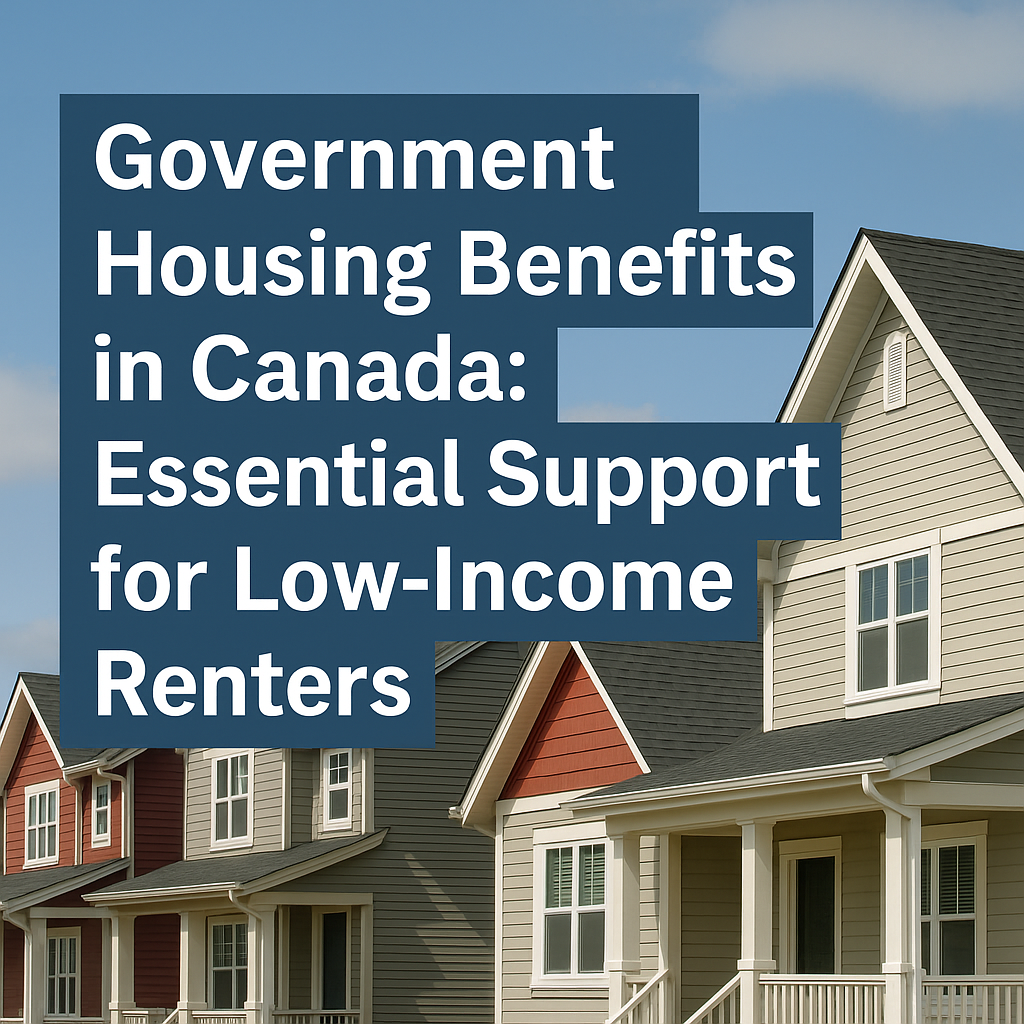
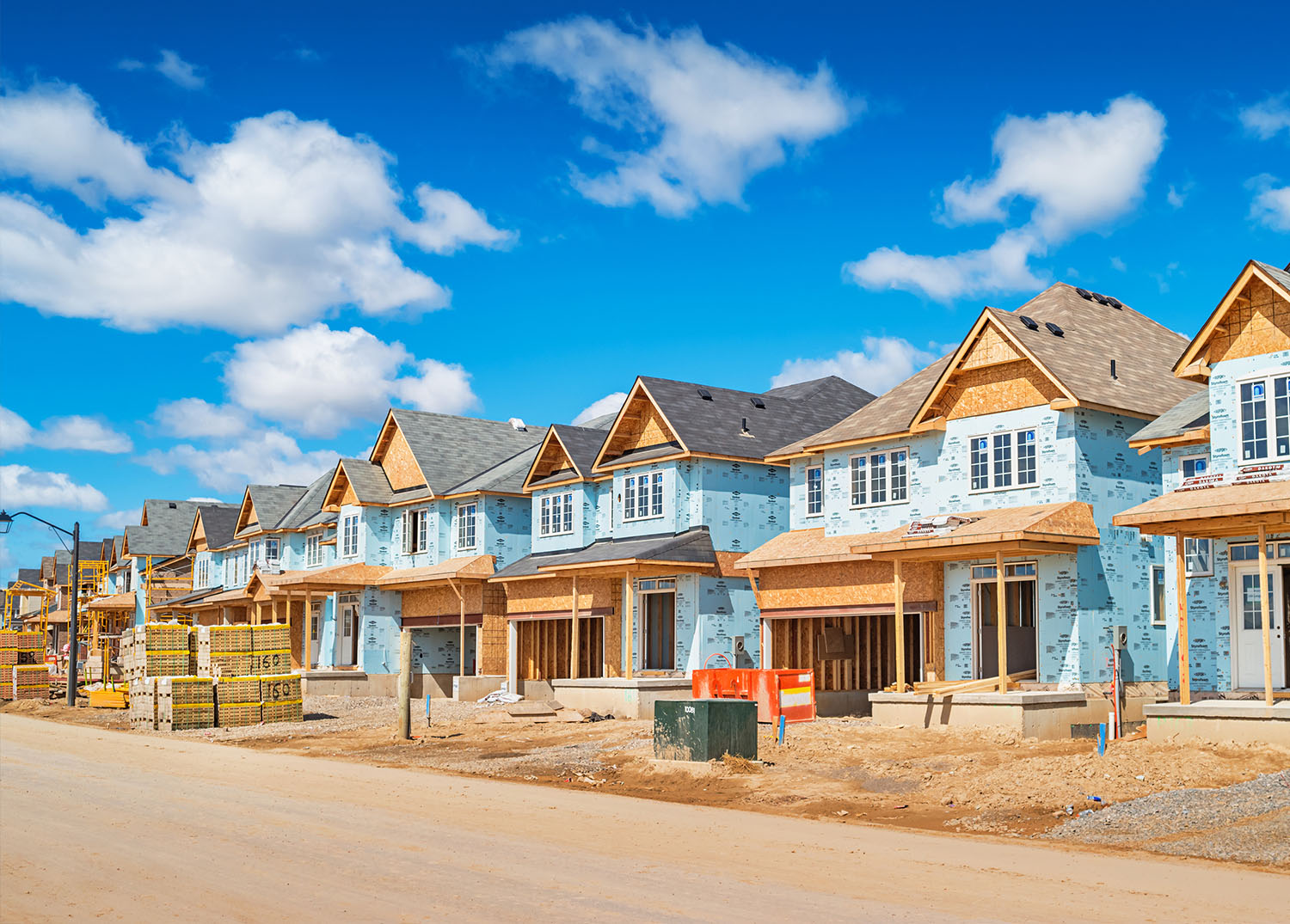
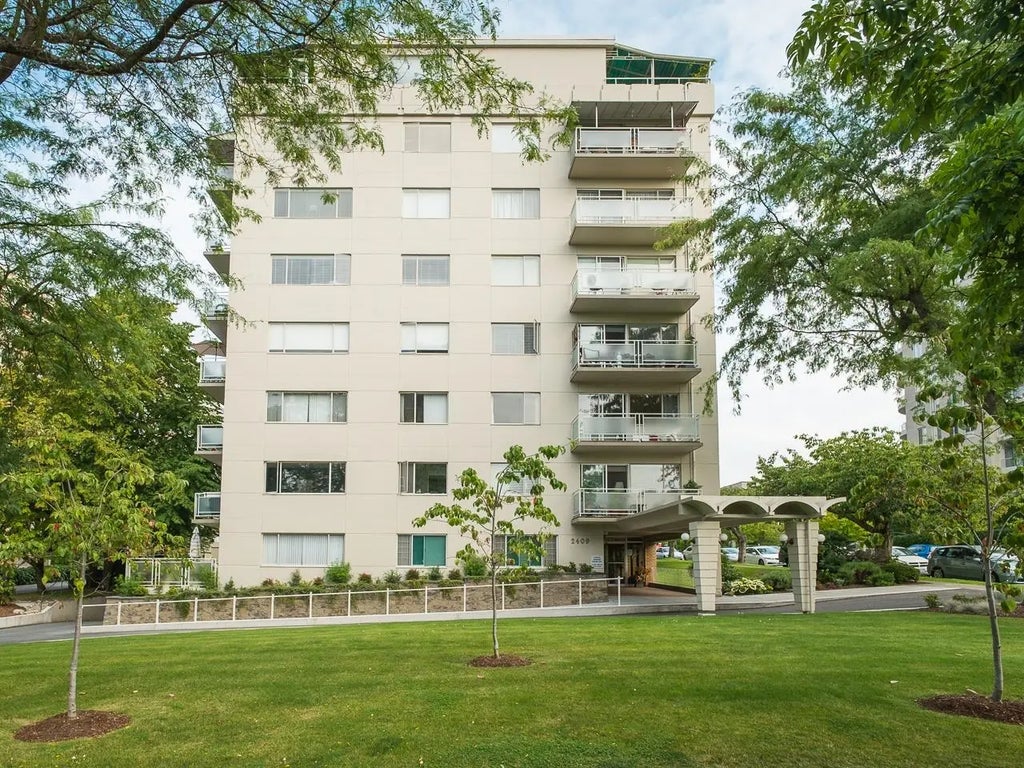

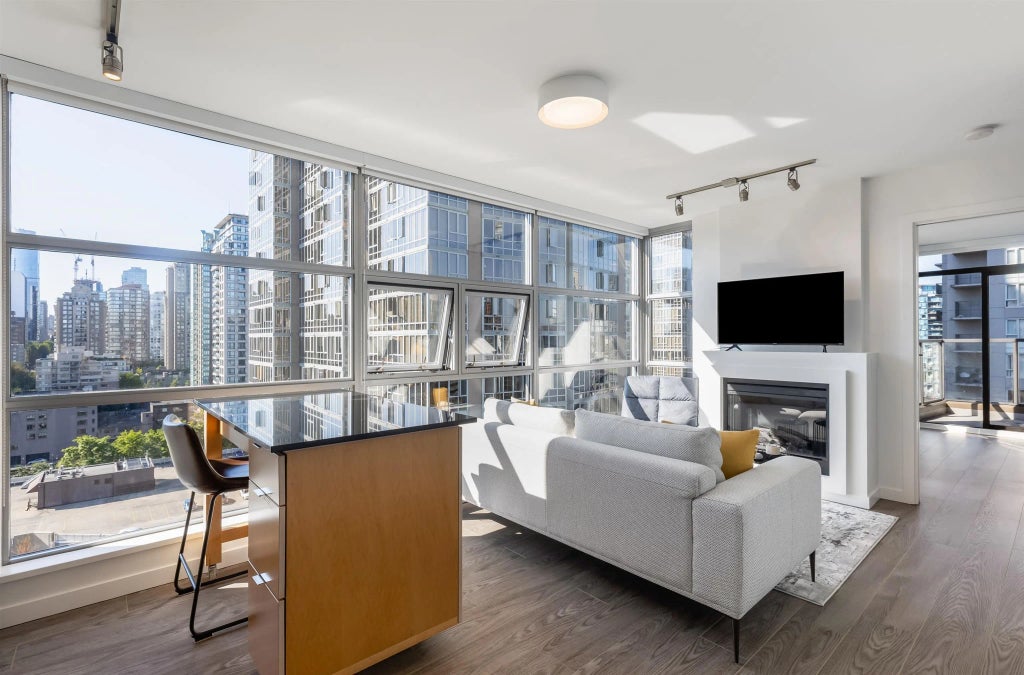
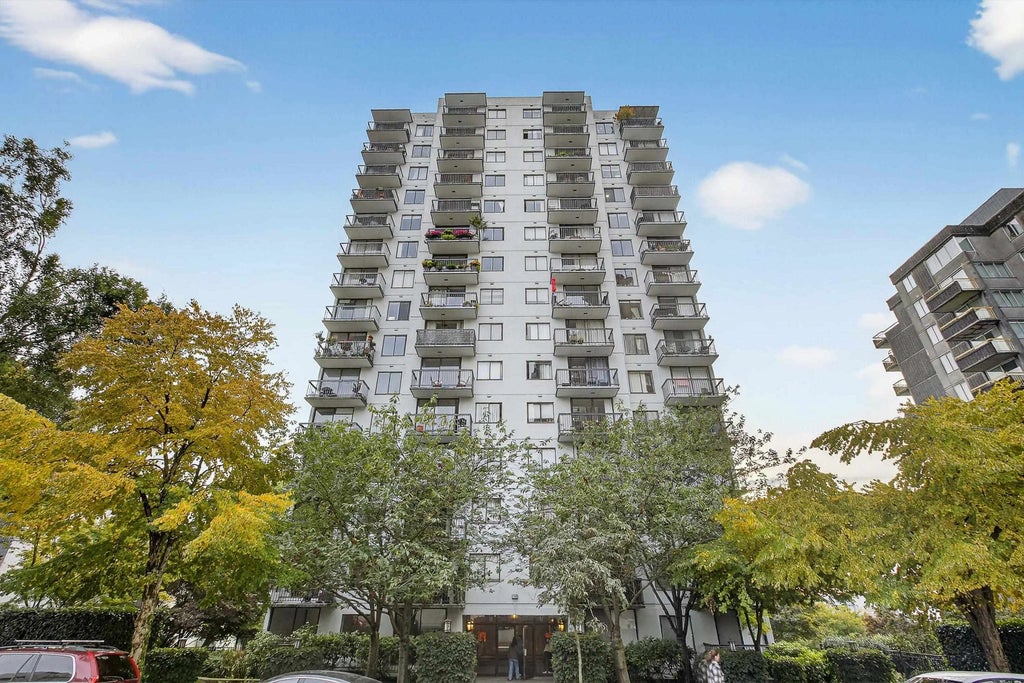
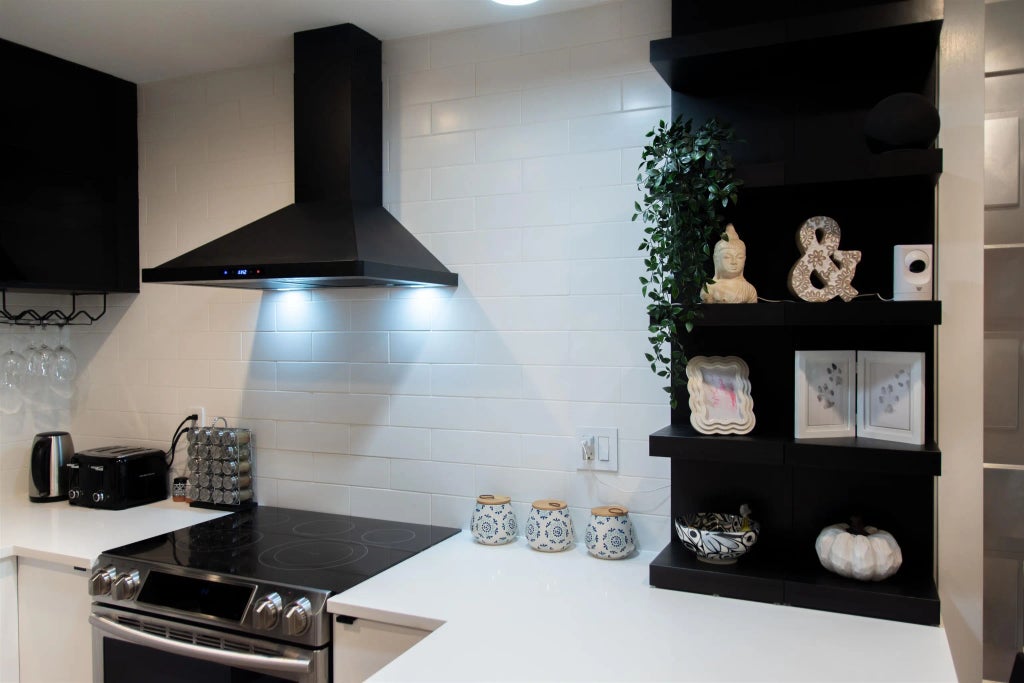
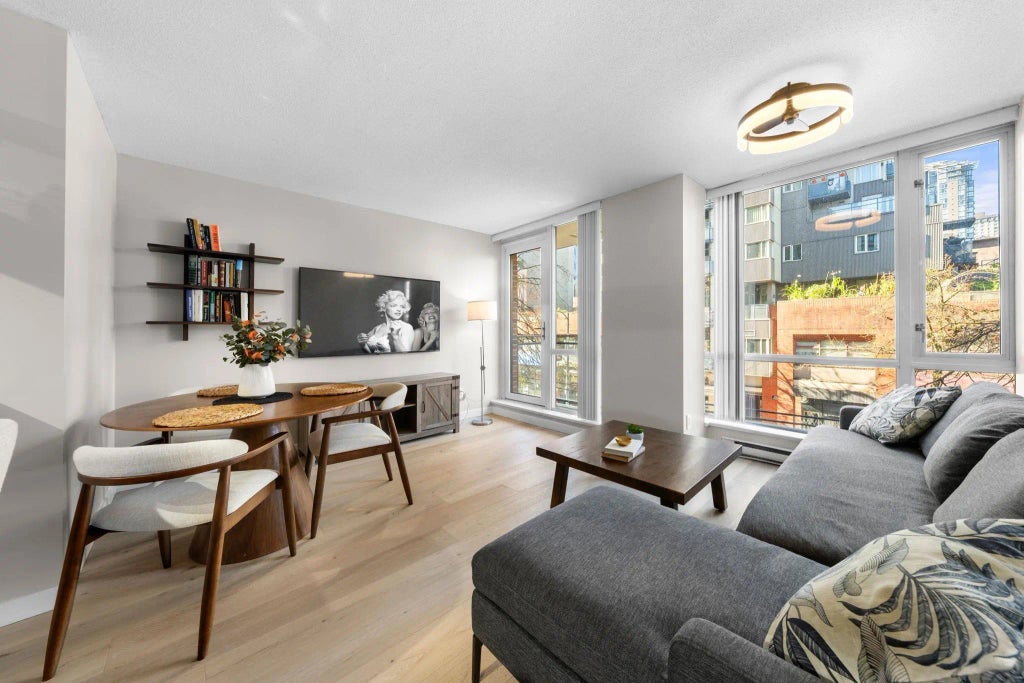
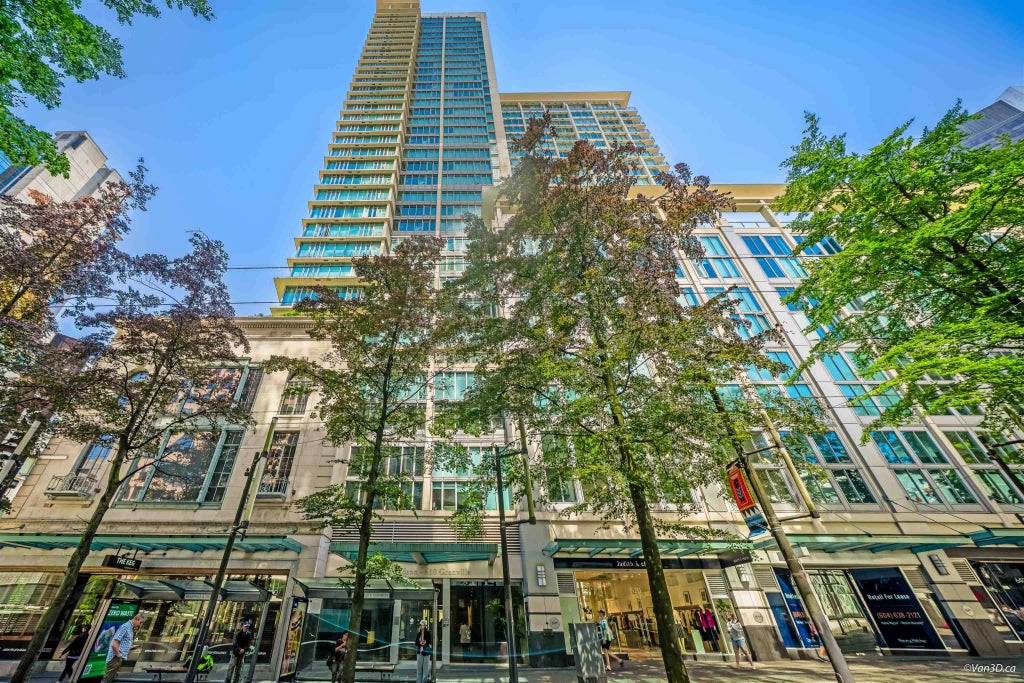
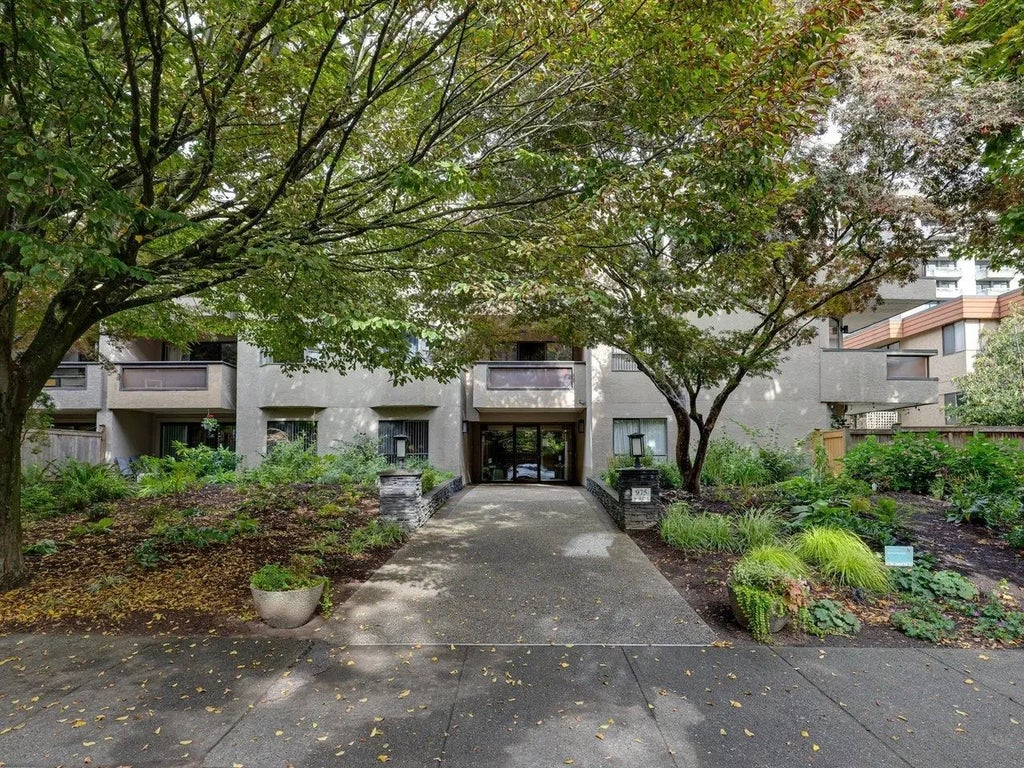
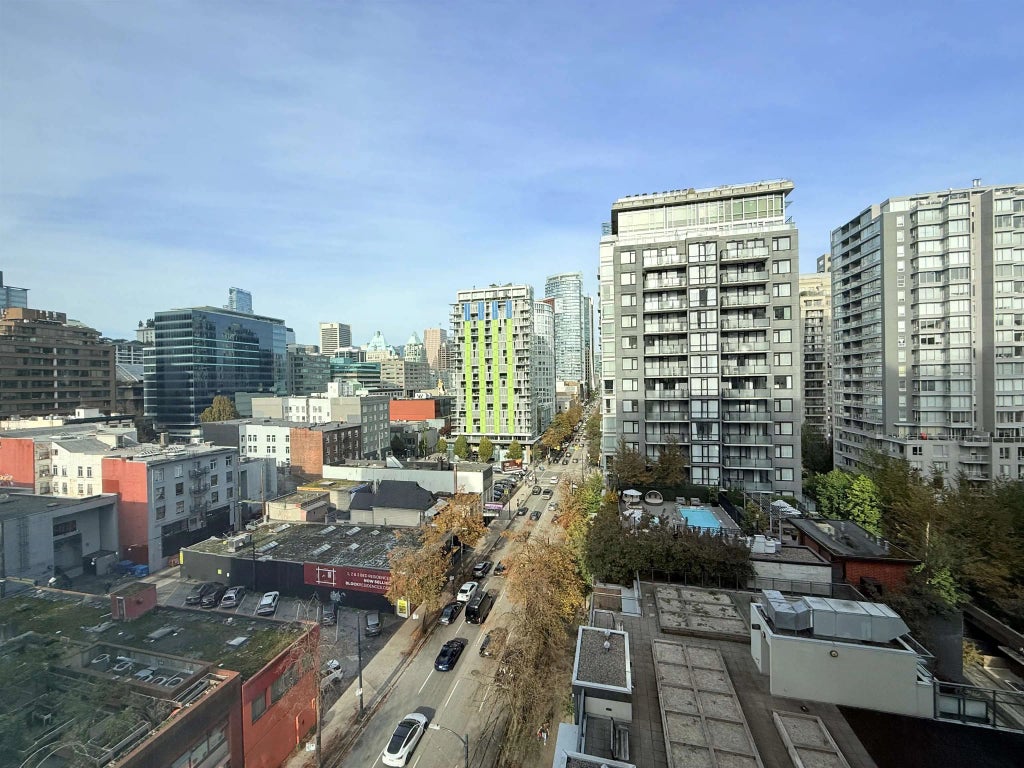
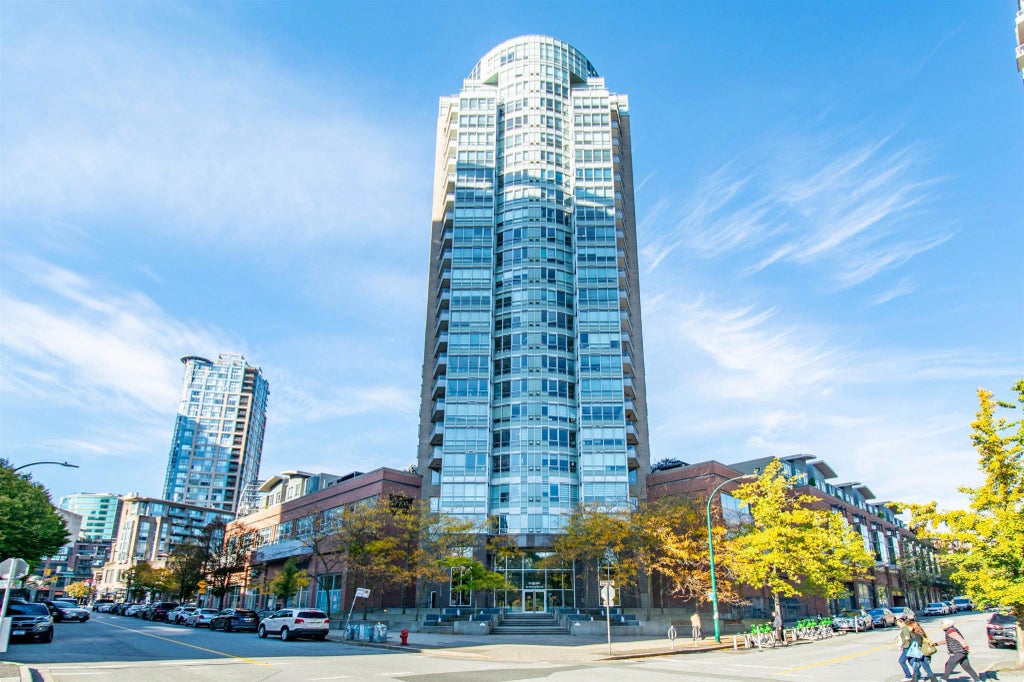
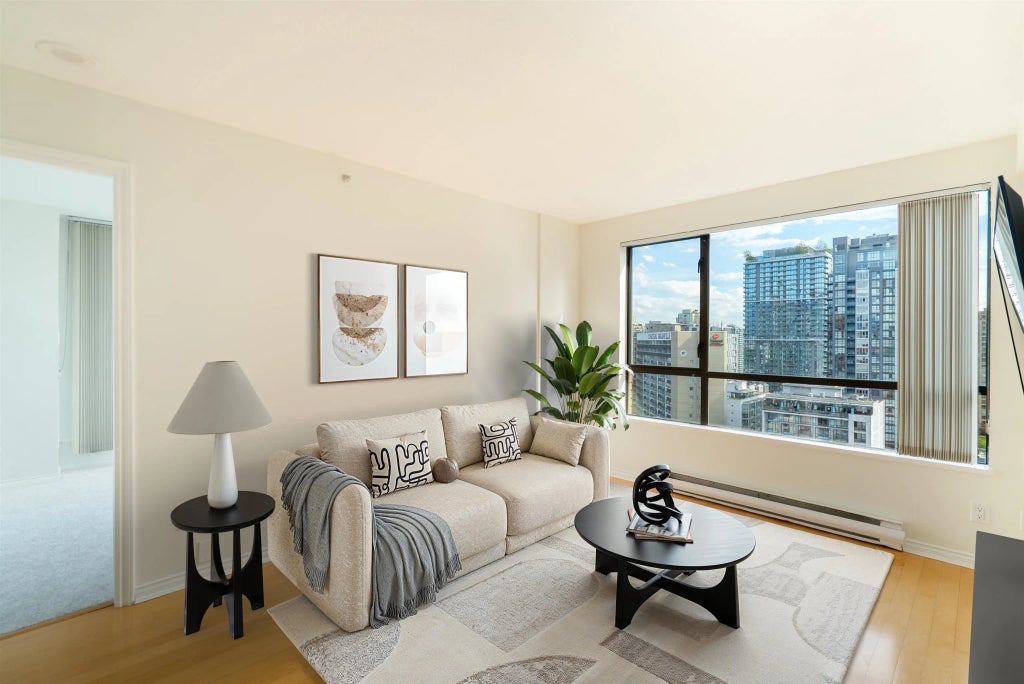
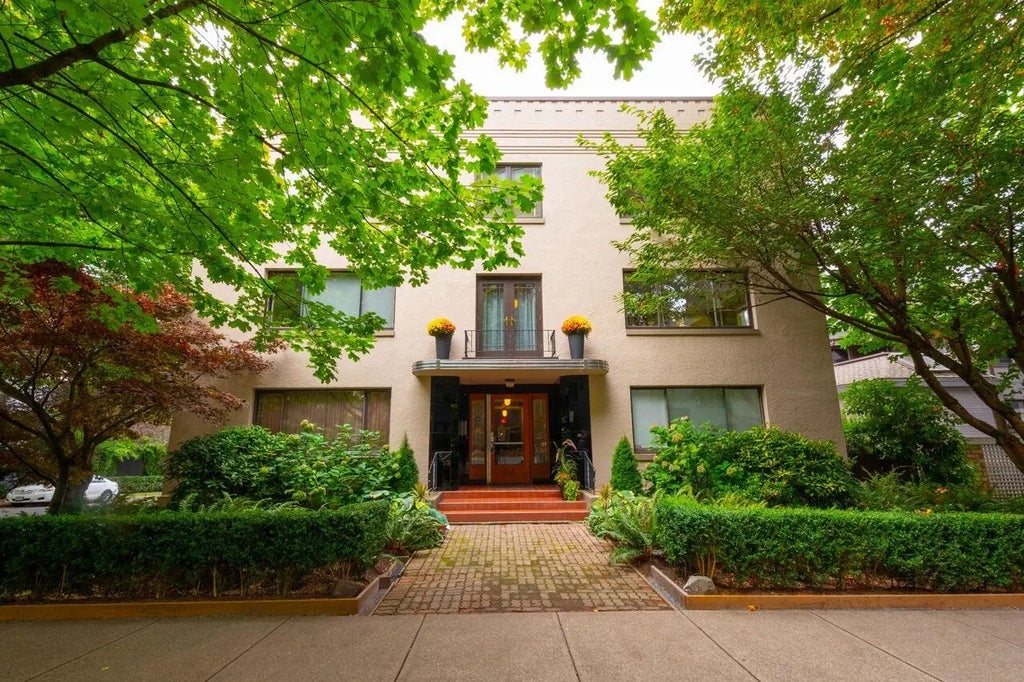
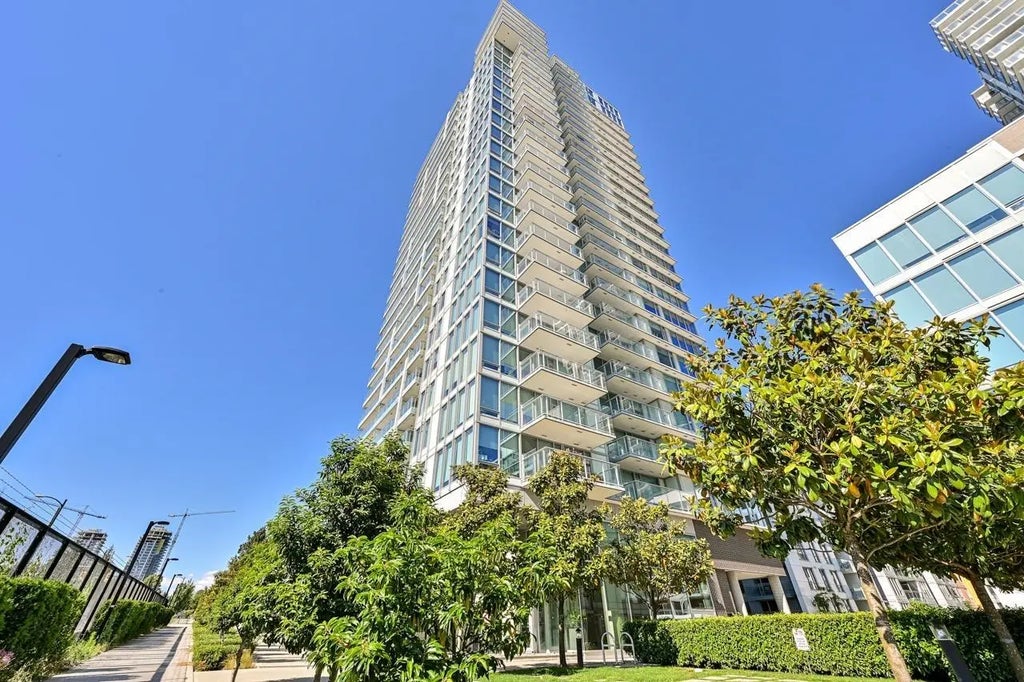
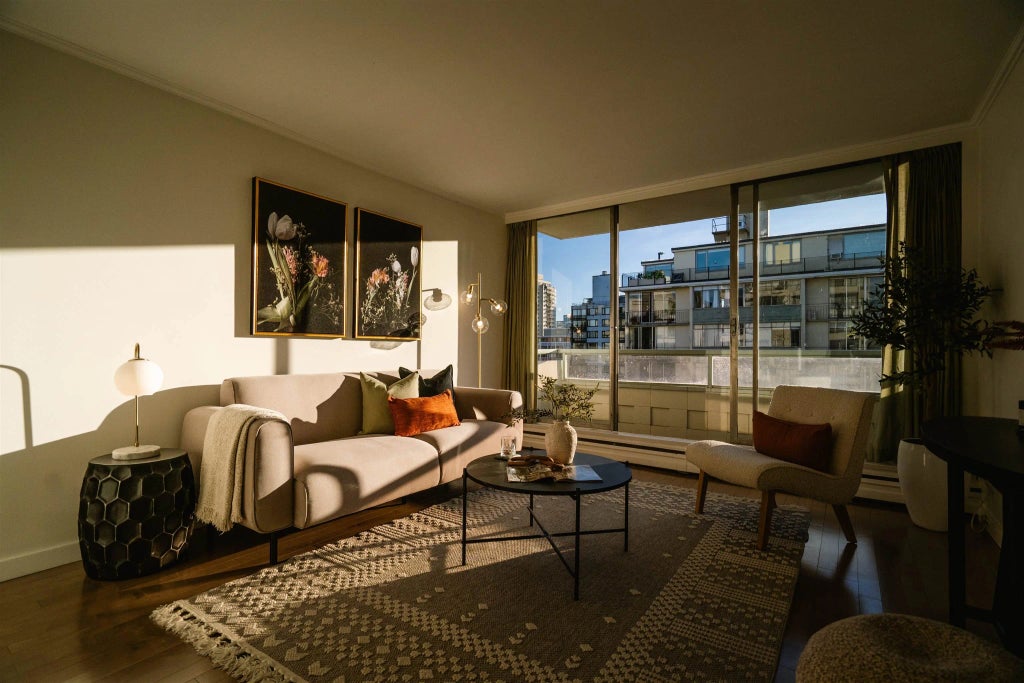
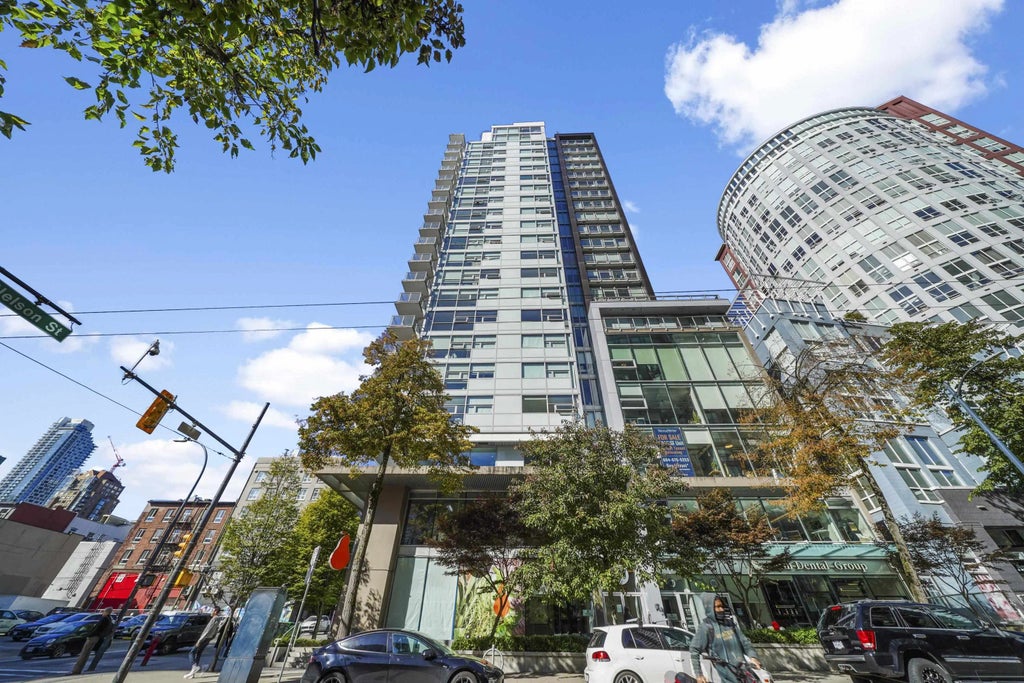
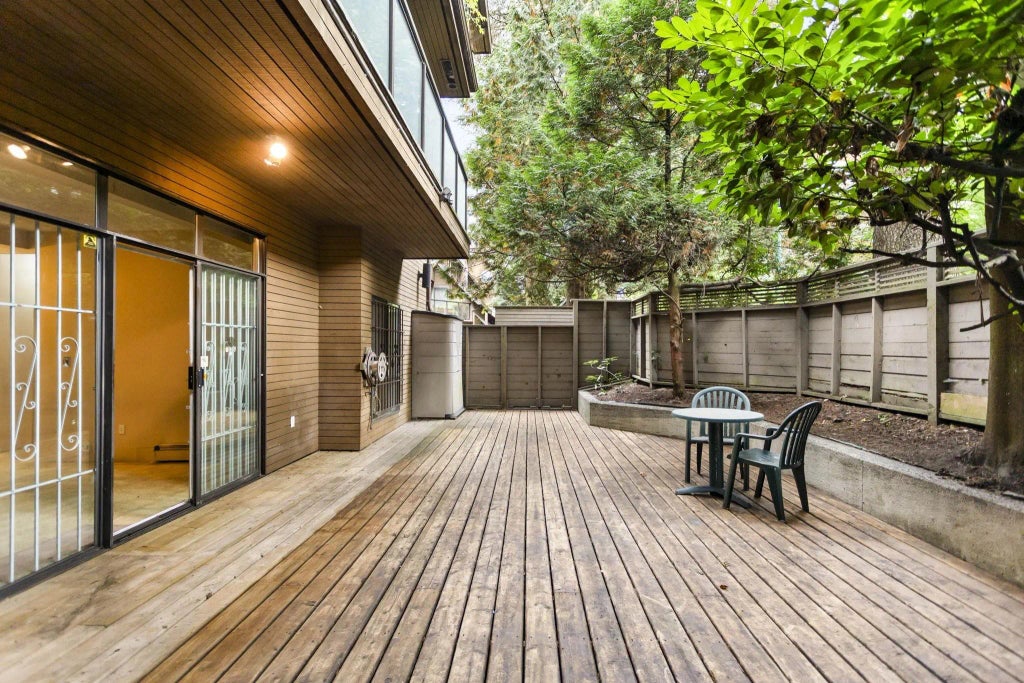
Leave A Comment